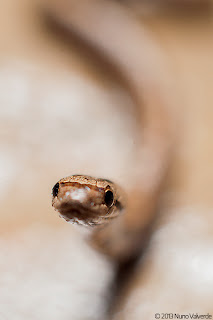In January,
this year, Sintra has suffered its most devastating natural catastrophe in 50
years. Extreme winds have knocked down 5000 trees
(probably more still unaccounted in inaccessible areas). From these, large
centenary trees have fallen in what is an unrecoverable loss. The landscape is
permanently changed and what I’ve noticed the most is sunlight reaching the
ground everywhere as I have never seen it before.
This is a
white cedar that survived in one of the most damaged areas
(Peninha). It now stands alone against an open background.
I also took
a detail view of the same tree for later identification (lesson learned) but I
actually ended up liking the detail of the branch over the illuminated fog.
Em Janeiro deste ano, Sintra sofreu a maior catástrofe natural
dos últimos 50 anos. Ventos extremos abateram cerca de 5000 árvores
(provavelmente mais, ainda não contabilizadas em zonas não acessíveis). Destas,
árvores centenárias tombaram naquilo que é, mais que tudo, uma perda
irrecuperável. As cicatrizes na paisagem serão permanentes e o que noto mais é
luz solar a chegar ao solo, por todo o lado, em zonas onde nunca a vi.
Este cedro-de-buçaco (na realidade, um cipestre) sobreviveu
numa das zonas mais afectadas (Peninha). Permanece, agora, solitário contra um
fundo aberto.
Também tirei um promenor da mesma árvore para posterior
identificação (lição aprendida). Acabei por gostar do detalhe do ramo, sobre o
pano do nevoeiro iluminado.
White cedar / Cedro-do-Buçaco – Cupressus lusitanica
Sintra, Portugal
2013,
February




